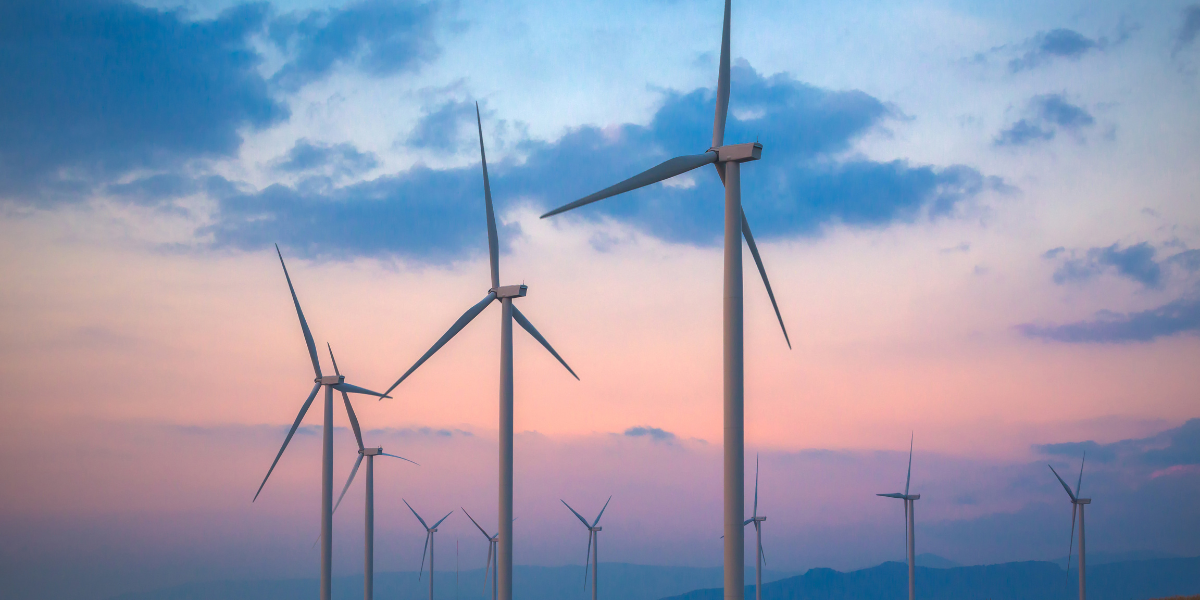Germany, Poland and Baltic States: Wind Energy Accelerates Transition and Strengthens Energy Independence
Germany, Poland and the Baltic States are accelerating their energy transition by focusing heavily on onshore wind energy. Favorable policies, new investments and grid enhancements are turning the energy crisis into an opportunity for growth and independence.

In recent years, Germany, Poland, Lithuania, Latvia and Estonia have faced severe economic consequences due to skyrocketing fossil fuel prices.
This instability has highlighted the need to rethink its energy mix and drastically reduce dependence on imports, especially in a geopolitical context marked by the Nord Stream 2 crisis.
In this race for independence, wind energy is emerging as the main lever for a rapid, effective and competitive transition.
Thanks to renewed political momentum and aggressive regulatory reforms, these countries are making a strong commitment to onshore wind, significantly expanding their installed capacity and laying the foundations for a more resilient energy system.
The EU, after all, already boasts around 250 GW of onshore wind capacity, and in 2023 alone, 89% of new wind installations in the continent were onshore. WindEurope forecasts indicate that by 2030, 75% of new wind turbines installed in the EU will be onshore , with total capacity reaching 304 GW.
Germany: Strong capacity growth and simplification of permits
In the European panorama, Germany confirms itself as a point of reference for the growth of the wind sector. In 2023 alone, it added over 4 GW of new onshore wind capacity, far exceeding all other member countries. And it is not an isolated case: according to forecasts, between 2025 and 2030 the country will add an average of 8 GW per year, contributing substantially to the European objectives.
This momentum has been made possible by a series of policy and regulatory reforms that have simplified the permitting process, sped up approvals, and reduced legal challenges. In 2024 alone, Germany has already approved 15 GW of new wind capacity, a seven-fold increase from five years ago.
Poland: Towards a new season of wind energy
Poland has also embarked on a significant development path , especially in the offshore sector, where it recently completed two substations for the 1.2 GW Baltic Power wind farm. But the country is also paving the way for greater deployment of onshore wind, thanks to a new legislative proposal that reduces the minimum distance between turbines and residential areas to 500 meters – from the current limit of 1.5 km – depending on the height of the turbine. This measure will significantly expand the areas suitable for wind installation.
The same proposal also aims to speed up authorization processes, simplifying in particular the procedures for repowering projects, i.e. the renovation and expansion of existing plants. A decisive step to exploit the potential of wind also in regions already active.
Baltic States: Cleaner Electricity and More Interconnected Grids
The Baltics are making a determined move towards expanding wind power . In just 3 years, the share of electricity generated by wind has increased from 15% to 28%, and it is expected that by 2030 they will reach a total of 10.5 GW of installed capacity, up from 2.5 GW.
Estonia has significantly expanded its wind development area from 10% to 60%. New systems have already been installed to limit interference with wind farms, while Latvia has simplified environmental regulations and launched wind projects in state-owned forest areas.
Lithuania, on the other hand, is exploring innovative solutions to integrate new wind farms into industrial electrification processes, thus stimulating new investments. At the same time, the three countries are strengthening their network infrastructures, strengthening connections between them and with other countries in the Baltic area. A greater integration that will help make the region increasingly autonomous from an energy point of view.
Related Focus



